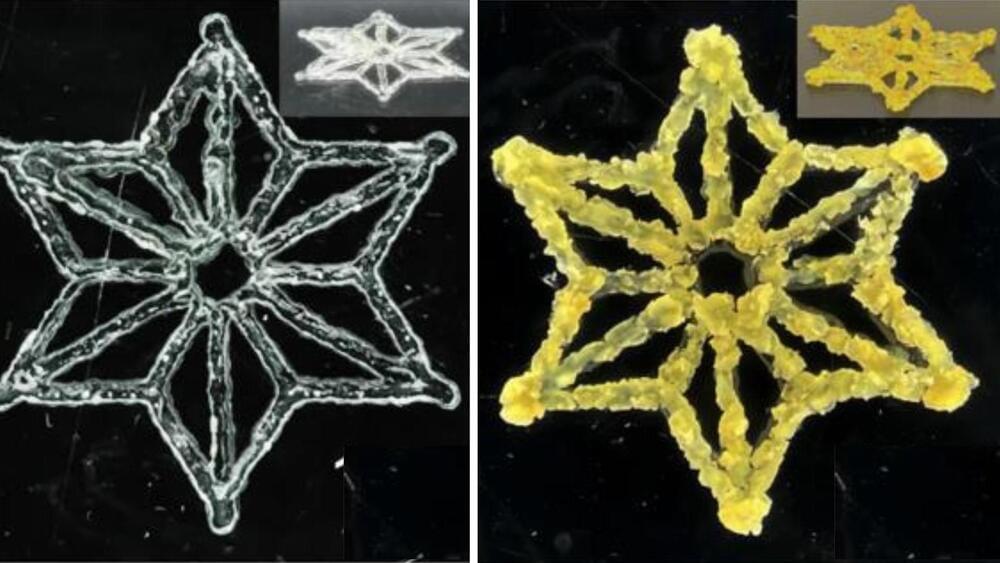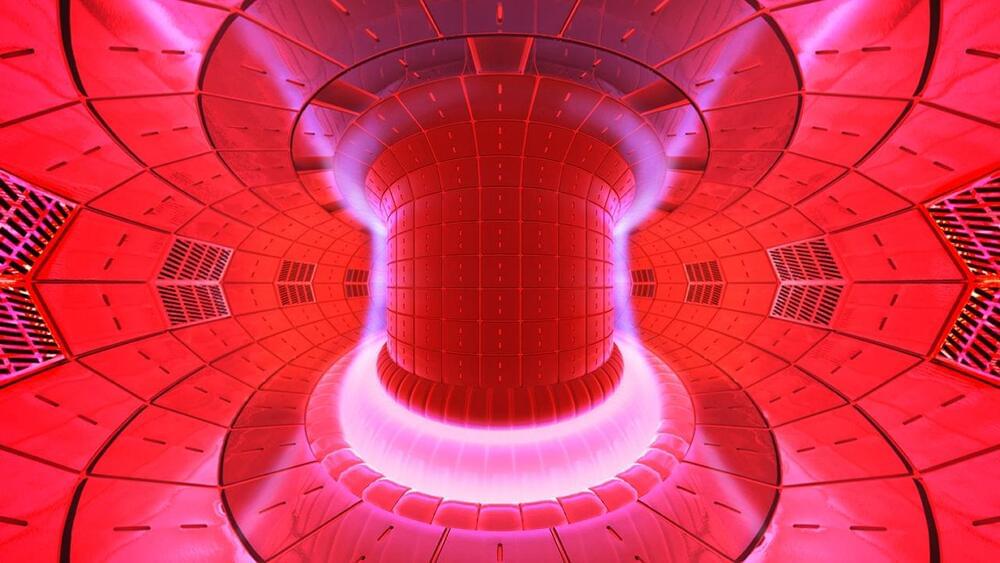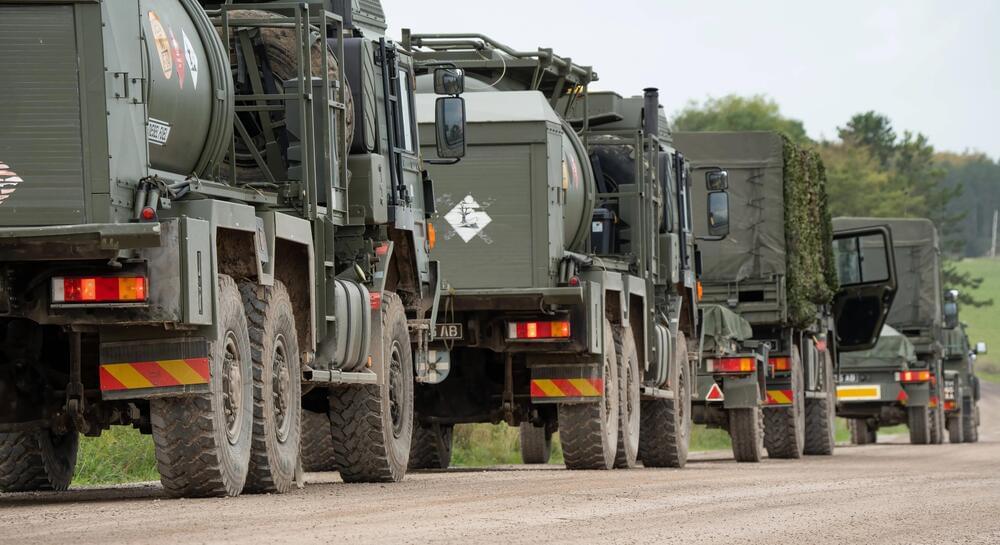Scientists detect two giant black holes flashing light a billion light-years away.
Astronomers have identified two giant black holes causing strange flashes of light at about one billion light years away from Earth. The flashes or light bursts are occurring at regular intervals, but what’s causing them is even more surprising.
The researchers suggest that the black hole pair is swirling within a vast cloud of gas, and their interaction with the gas cloud is actually sparking the unusual flashes —- marking it as the first observation of its kind.









